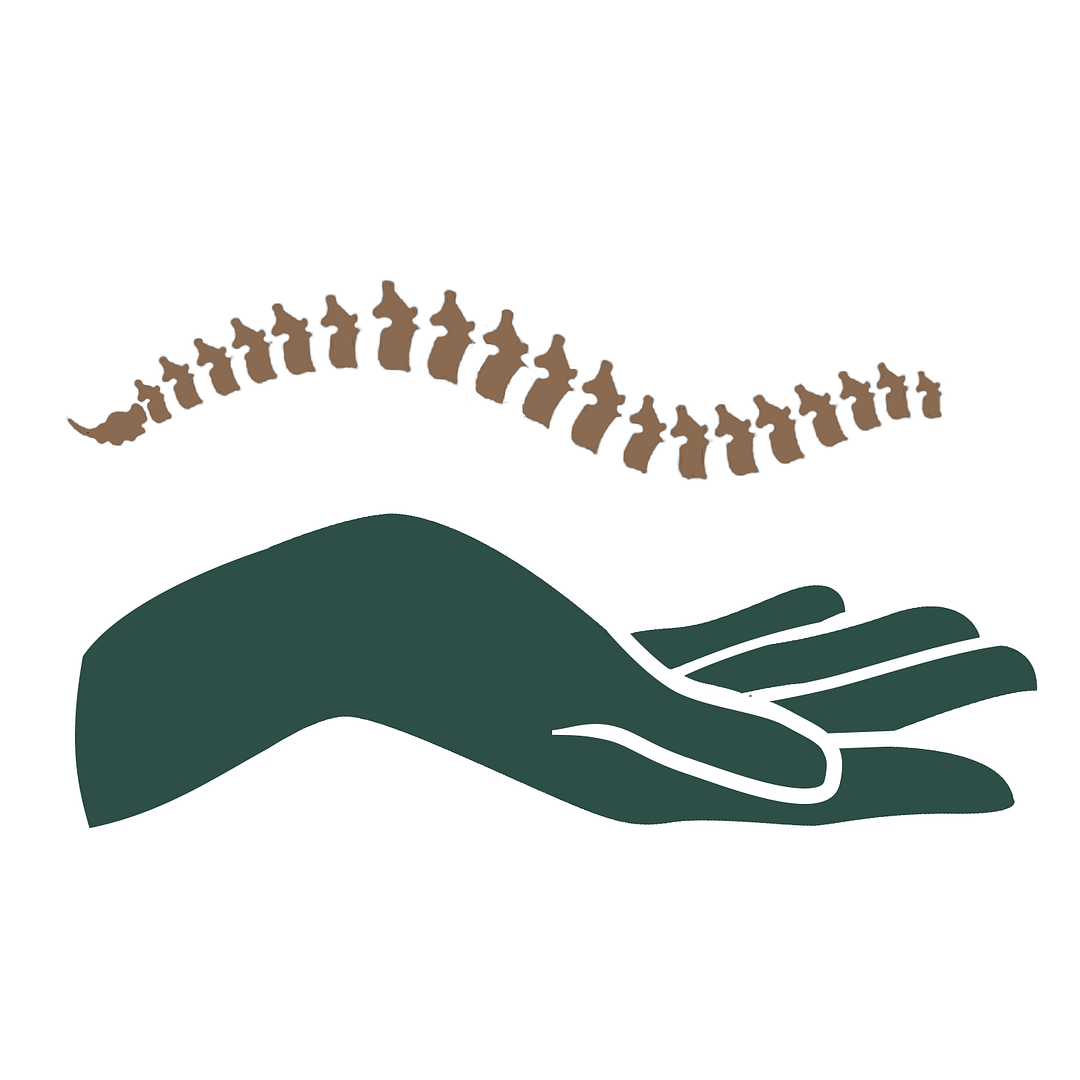Treatments For Lower Back Pain
Alternative Therapy For Lower Back Pain
Whether it slowly creeps in, or suddenly appears out of the blue, for most people, the cause of low back pain is mysterious. There are many reasons for why lower back pain can strike, and we will go over them. They include—
- Core strength
- Tension in the Lower Back, i.e. Dorsal longitudinal ligament
- Kidney Tension
- Spinal Compression
- Posture
- Lack of Mobility
- Lack of Nutrients Needed for Connective Tissue Health
- Inflammation
- Core Strength
What comes to mind when you think of a strong core? For most people, it’s rippling six pack abs. The funny thing is, this is the most superficial part of your core, you could say it’s not really that core at all. The deepest part of the core is the TVA, or transverse abdominus. This muscle wraps around the body like a girdle, supporting the organs and spine. This is the most important part of the core to train, and unlike training the 6 pack muscles (or rectus abdominus) it’s job is to keep things stable, rather than to move. Learning to activate this deepest part of your core is key for the stability of your spine. The are other key areas here, such as the pelvic floor, glutes, ect. Future articles will detail how to learn to activate your TVA and balance the muscle tone in the major areas of the body that tend to be over-contracted or under-toned. .
Tension in the Lower Back
The lower back itself can, of course, have tension. This is often because the muscles below it, the gluteus maxmius and gluteus medius, are not doing enough work. Once these are engaging correctly as part of the posterior chain of muscles in the body, it will take strain off of the lower back. The parts of the lower back that needs to be released include the sacrolumbar ligaments, intervertebral ligaments and the dorsal longitudinal ligament. The tubules of the kidneys run parallel to the lumbar spine, so these need to be released as well. This brings us to…
Kidney Tension
It’s not just kidney stones that makes your lower back painful. Restrictions in the kidneys themselves, and as discussed above the tubles going down into the lower back, need to be released for the the lower back to be filtered properly.
Spinal Compression
The spine as a whole and especially the lower back can easily be over-compressed due to our modern lifestyle. Decompressing the spine, both manually and through movements, can be an important piece of lower back health.
Posture
An osteopathy session only lasts an around an hour. Exercises don’t take up that many hours a week. How we sit, stand, move and lay down is constantly taking place, and these positions can either act to further compress the spine, or to decompress it. Most people don’t realize that this is even a possibility. A balance between doing exercises to strengthen where it is weak, stretching where it is tight, and using cues to awareness to maintain balanced posture through out the day are all important.
Lack of Mobility
In addition to stretching and strengthening, there are also mobility exercise. Our joints are avascular, meaning without a blood supply. The way that our joints get their nutrients and flush out waste products is from the synovial fluid that surrounds them. The synovial fluid has to wash evenly over the joint surface in order to keep the joint healthy. This is only possible by taking a joint through it’s full range of motion. It doesn’t take long, but it is key for the health of our joints.
Nutrients for Connective Tissue Health
There are many nutrients needed for connective tissue health, such as sulphur, vitamin c, key amino acids, ect. I will be writing an article soon detailing what these are and where to get them from food, herbs or supplements.
Inflammation
There are many causes for inflammation, but it often starts in the guy. There are often foods we eat that, while they may not cause noticeable GI discomfort, are still taking their toll on our digestion. The gut can then easily become permeable, leaking food into the blood stream. This causes all sorts of inflammatory issue, which can manifest as anything from arthritis to autoimmune disorders. Honing in on key inflammatory foods (which varies from person to person) and removing them, is key for restoring health.
These are some of the main factors in having a pain-free back. Many of these factors apply to the other joints in the body as well. Obviously, there’s a lot to consider, so working with a holistically minded practitioner can help to expedite the process and orient you on where you most need to focus.
In Health,
Eli Mead
